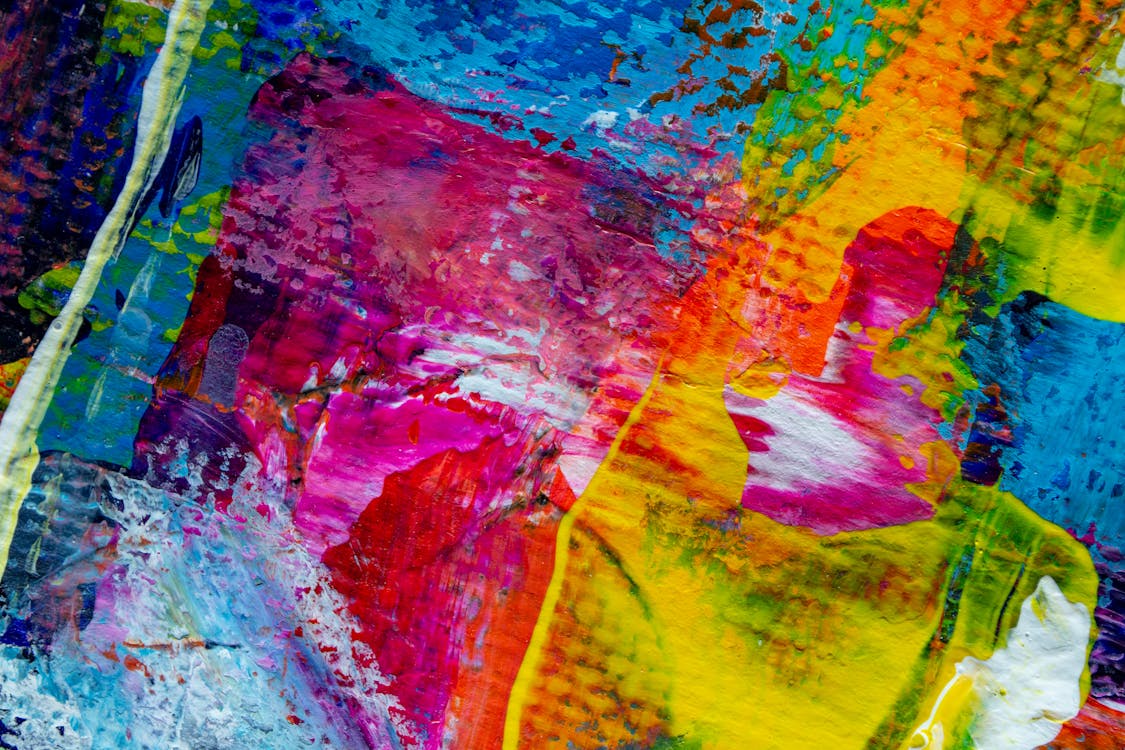How To Paint Realistic Watercolor Landscapes: Tips And Tricks
From Blank Canvas to Breathtaking Vista: Mastering the Art of Realistic Watercolor Landscapes
Okay, so you’ve got this yearning to capture the majesty of nature, to translate the whispers of wind through trees and the sun’s warm embrace on a mountaintop onto paper. You’ve got your watercolors, brushes, and a blank canvas staring back at you, and maybe a little bit of trepidation. Don’t worry, my friend, you’re not alone! This is a journey many of us have taken, and it’s a journey filled with wonder and the satisfaction of creating something truly beautiful.
Today, I’m going to share some tips and tricks that I’ve learned along the way, some of them hard-earned through trial and error, others gleaned from the wisdom of masters. We’re going to dive deep into the world of realistic watercolor landscapes, exploring techniques that will help you bring your visions to life.
Laying the Foundation: Getting Started with Watercolor Landscapes
The first step in any artistic endeavor is preparation. It’s like building a house – you need a solid foundation before you start putting up walls. So, let’s get our foundation right.
1. Choosing the Right Paper:
The paper you choose is crucial. It’s the canvas for your masterpiece, and it needs to be able to handle the demands of watercolor. You want a paper that’s thick and absorbent to prevent buckling and allow for multiple layers of washes. Look for 140lb or 300gsm watercolor paper – it’s a good starting point. You can choose between hot-pressed, cold-pressed, or rough finishes, each with its own unique texture.
- Hot-pressed: Smooth surface, ideal for detailed work and fine washes.
- Cold-pressed: Slightly textured surface, good for most landscape paintings.
- Rough: Very textured surface, perfect for dramatic effects and bold washes.

2. Selecting Your Watercolor Palette:
The world of watercolors is a vibrant one, with an endless array of colors to choose from. But for realistic landscapes, you don’t need to have every color under the sun. Start with a basic palette and build from there. Here’s a good starting point:
- Cadmium Yellow: A bright, warm yellow for sunlight and flowers.
- Cadmium Red: A bold, vibrant red for sunsets and autumn foliage.
- Ultramarine Blue: A cool, deep blue for skies and shadows.
- Burnt Sienna: A warm, earthy brown for rocks, soil, and tree trunks.
- Phthalo Green: A bright, cool green for foliage and meadows.
- Alizarin Crimson: A rich, reddish-purple for sunsets and flowers.
- Titanium White: A pure, opaque white for highlights and clouds.
3. Gathering Your Tools:
Besides paper, paints, and brushes, you’ll need a few other tools to get started.
- Watercolor Brushes: Invest in a variety of brushes with different shapes and sizes. You’ll need round brushes for detail work, flat brushes for washes, and fan brushes for creating soft textures.
- Water Containers: You’ll need at least two containers for water. One for clean water and another for rinsing your brushes.
- Masking Fluid: This is a liquid that creates a waterproof barrier on your paper, allowing you to protect areas you want to remain white or unpainted.
- Palette: A palette is a surface where you can mix your paints. You can use a plastic palette, a ceramic tile, or even a piece of glass.
